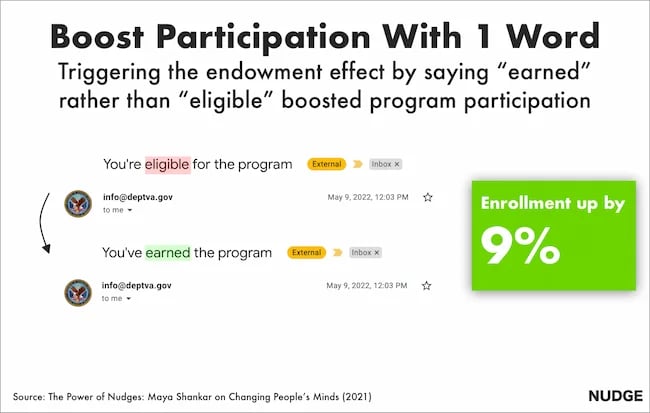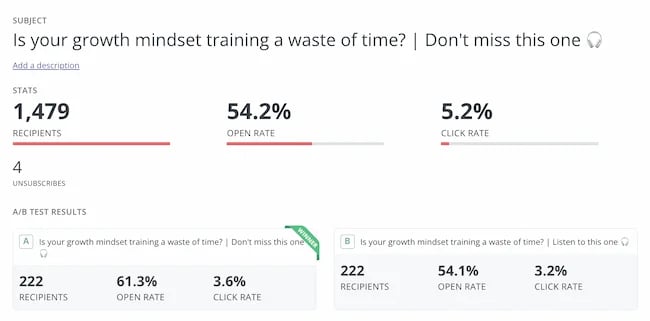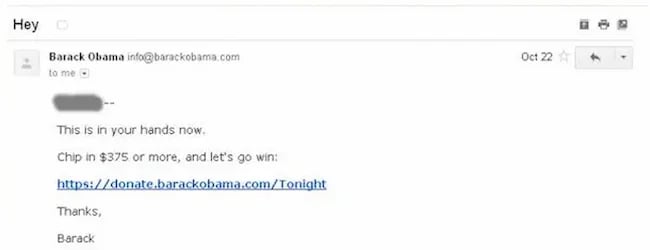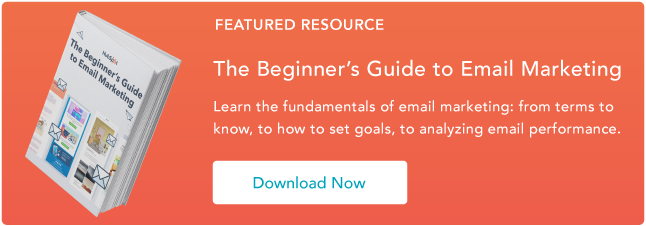We recently introduced you to Agile Marketing Navigator, a flexible framework for navigating agile marketing for marketers, by marketers in the article A new way to navigate agile marketing. The navigator has four major components: Collaborative Planning Workshop, Launch Cycle, Key Practices and Roles. Within these categories, there are several sub-pieces for implementation. In recent articles, we covered the pieces in the first stop of the navigator, the Collaborative Planning Workshop.
Now we’re going to dive into the next stop on your agile marketing journey — the Launch Cycle. The Launch Cycle is a repeatable cadence for delivering valuable marketing experiences early and often. Within the Launch Cycle there are five key components — Marketing Backlog, Cycle Planning, Daily Huddle, Team Showcase and Team Improvement. If you’re familiar with the Scrum framework, there are a lot of similarities here — with a few different nuances to make it more applicable to marketers.
Building and managing an effective Marketing Backlog
Now, let’s dive into the Marketing Backlog and some tips and tricks for marketers to be most effective.
The Marketing Backlog is an ordered list of prioritized work that the agile team will pull from to work on in their Launch Cycle. The backlog is emergent, not static, and changes as new information is learned.
This part of the framework is incredibly important and can have a major impact on how marketers work. First of all, there’s one shared place where all work lives. This avoids work happening “behind the scenes” that no one knows about.
In fact, one client that I worked with took all of the work that was already assigned to stakeholders, put it in a single backlog and realized that it would take five years to deliver! It’s with this level of transparency that teams and leaders can begin to visualize everything the team is doing and start to really understand what’s important and what may just be someone’s pet project.
There are many tools for managing your marketing backlog and they all have their pros and cons. The main thing to watch out for is ensuring that everyone on the team, as well as stakeholders have access. We want to build a transparent system.
If you’ve started with the Collaborative Planning Workshop, you’ve already begun to build out the Marketing Backlog. The items in your Minimally Viable Launch will go near the top, and other items will fall below. Work is never guaranteed until the team starts working on it, and even then sound business reasons could cause them to pivot, although that shouldn’t be the norm.
Prioritizing the backlog is one of the key responsibilities of the Marketing Owner. While they don’t do this in a vacuum and conversations with stakeholders are imperative, this role has the ultimate authority to decide what order the team will work on and which items won’t be considered (there are always way more good ideas than time).
The role of the Marketing Owner
The Marketing Owner needs to really understand the business value that each idea brings. Each marketing backlog should be thought of in terms of:
- Level of effort it will take the team to complete (let’s face it — all things aren’t created equal. Building a Tesla may take longer than a base model Honda, so think through marketing ideas as well).
- What value does it bring to customers? Joy? Satisfaction? Solves a problem? Addresses a cause?
- What will the business gain from this idea, and how does it tie to business goals, KPIs and revenue?
Stakeholders, customers and team members should all be thinking about new ideas all of the time and everyone is invited to submit ideas to the backlog. However, it’s at the Marketing Owner’s discretion to decide which ideas will be worked on by the team and when.
Get the daily newsletter digital marketers rely on.
Work should never be directly assigned to a team member in agile marketing. It should be submitted to the backlog or discussed with the marketing owner as it needs to be visible and prioritized among everything else.
In agile marketing, backlog items should be used to test and learn and are thought of as micro-experiments, rather than large campaign blasts.
While a backlog item may be for a post on Facebook, the team should be thinking in terms of testing elements, such as content. If the content is successful, similar content pieces would be on the backlog. However, if the content doesn’t perform well, the team would want to think of new backlog items with different content.

Catch up on the Agile Marketing Navigator series!
The backlog may contain some business as usual items to keep the lights on, but the majority of items should be small, testable experiments that can quickly get to customers for real-time feedback.
If you haven’t started a marketing backlog yet, what are you waiting for?
Opinions expressed in this article are those of the guest author and not necessarily MarTech. Staff authors are listed here.


















![5 Psychological Tactics to Write Better Emails → Download Now: The Beginner's Guide to Email Marketing [Free Ebook]](https://articles.entireweb.com/wp-content/uploads/2023/02/11-Free-Email-Hacks-to-Step-Up-Your-Productivity.png)




















You must be logged in to post a comment Login